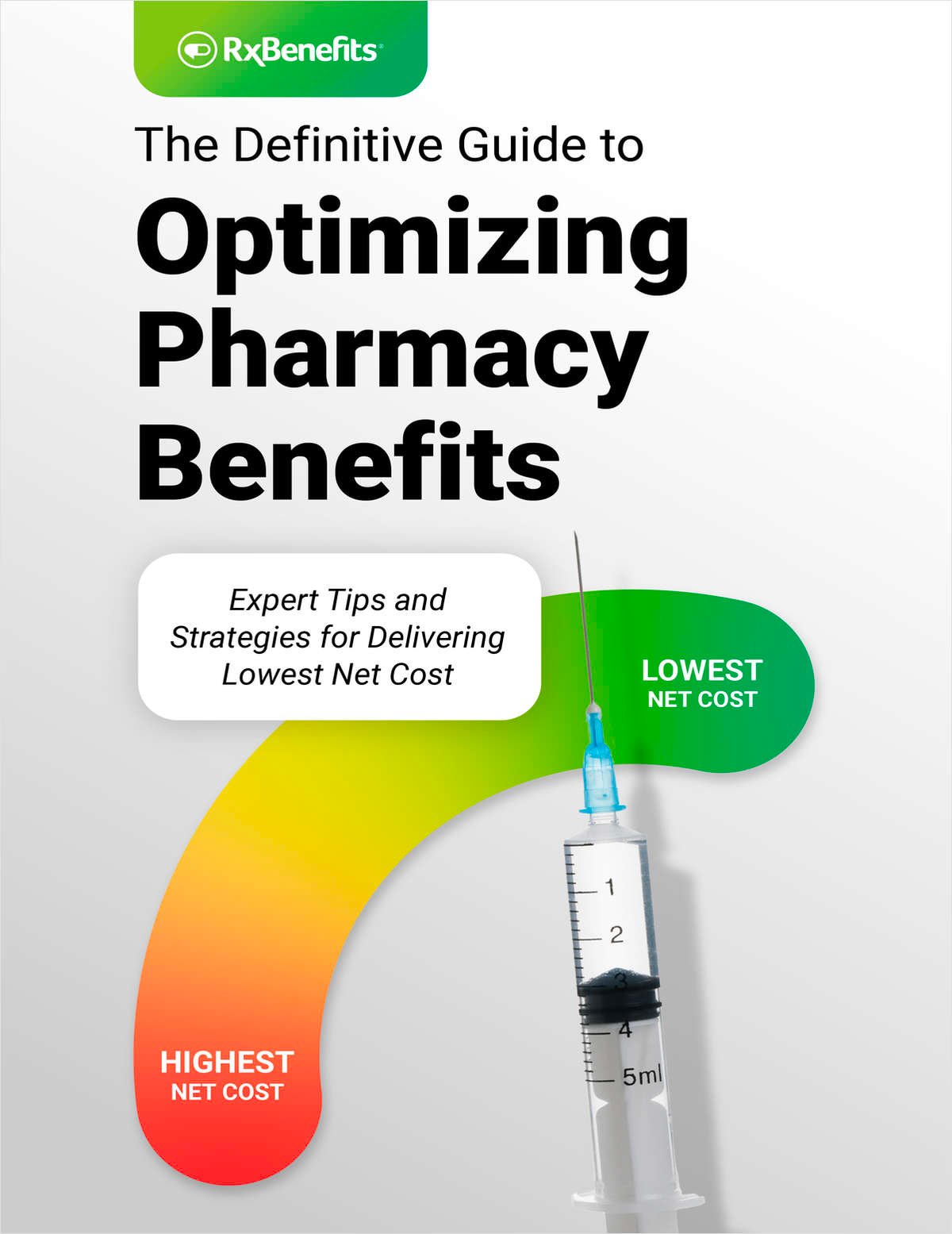Self-insurance in the private sector has steadily risen over the past two decades, including among small businesses.
The percentage of companies opting for self-funded health insurance rose from 28.5 percent in 1996 to 39 percent in 2015, according to a recent study by the Employee Benefit Research Institute.
The most recent years of records indicate the trend has accelerated, particularly among mid-sized businesses.
Between 2013 and 2015, the percentage of mid-sized companies offering at least one self-insured health plan increased from 25 percent to 30 percent. Among small businesses, the percentage jumped from 13.3 percent to 14.2 percent.
Interestingly, the percentage of big companies choosing self-insurance slightly declined during the same period, from 83.9 percent to 80.4 percent. That decline came after years of steady increase; the figure stood at 71.6 percent in 1996.
Overall, however, the percentage of workers enrolled in a self-insured health plan increased, from 58.2 percent to 60 percent.
Self-insured plans are particularly attractive to large companies because they are generally exempt from state health laws. Instead, they are subject only to the federal Employee Retirement Income Security Act of 1974. For major corporations with employees in multiple states, self-insurance is a way to reduce state regulatory headaches.
While the bureaucratic cost of complying with myriad state mandates has always made self-funding attractive to large companies, cutting insurance costs has become an even greater priority in recent years, as health costs have grown far faster than profits.
Conventional wisdom says a company with fewer than 50 employees would be foolish to self-fund. The smaller the risk pool, the greater the variability. Even companies with up to 100 workers don’t have a large enough pool to justify self-funding, Michael Turpin, a former insurance executive, told BenefitsPRO last year.
“Workforces from 50 to 100 still are not big enough that you can predict the risk. One major claim can cause problems. It's like trying to self-insure your car, where you can be accident-free for four years and then crash your car in the fifth year,” he said.
However, clearly some mid-size and small companies have decided the risk is worth it, perhaps because the conventional route is no longer affordable.
EBRI attributed part of the growth in self-insurance to the Affordable Care Act.
“The rationale has appeared to be that several of the key ACA components — creditable coverage, affordability, essential benefits and various taxes and fees — would drive up the cost of health coverage, thus possibly making self-insurance (which is viewed by many as generally less expensive than fully-insured alternatives) a more attractive option for many employers,” says the report.
Complete your profile to continue reading and get FREE access to BenefitsPRO, part of your ALM digital membership.
Your access to unlimited BenefitsPRO content isn’t changing.
Once you are an ALM digital member, you’ll receive:
- Breaking benefits news and analysis, on-site and via our newsletters and custom alerts
- Educational webcasts, white papers, and ebooks from industry thought leaders
- Critical converage of the property casualty insurance and financial advisory markets on our other ALM sites, PropertyCasualty360 and ThinkAdvisor
Already have an account? Sign In Now
© 2024 ALM Global, LLC, All Rights Reserved. Request academic re-use from www.copyright.com. All other uses, submit a request to [email protected]. For more information visit Asset & Logo Licensing.








